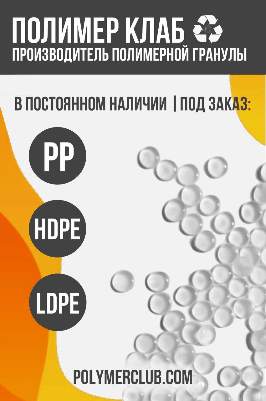Argus Additive Plastics GmbH
Oberer Westring 3-7
http://www.argus-additive.com
+49 2951 9909-0
Dyes Dyes are soluble organic synthetic or natural products (chromogenes with chromophores) of transparent nature. Only about 500 of several 10000 dyes are technically used and about 100 are added to plastics Colors Colorants are the collective name for all coloring soluble (dyes) or insoluble substances (pigments). Colorbatch Pigments / Black-Batches / White-Batches Pigments are anorganic or organic, colored or non-colored, powdered coating colorants of natural or synthetic origin which are insoluble in water, solvents or binders. In plastics it is possible to achieve covering, opaque up to translucent colorations, that means at the moment not yet transparent colorations. One differs between White-, Black- and colored pigments. The most common white pigments are oxides or sulphides of titanium respectively, zinc and antimony. Carbon black and ferric oxide are the most important black pigments. Compounds of iron, manganese, chromium, lead, zinc and molybdenum as well as higher molecular organic compounds are used as colored pigments. Moreover there are lustre pigments whith metallic finish, pearlescent pigments and irridescent pigments, fluorescent and phosphorescent pigments a.s.o. Of more than 100 known pigments only a very small quantity can be used in plastics. The hiding power-opacity of the pigments depends on the particle size and their refractance capability. The anorganic pigments are heat resistant and have a high hiding power even if the color intensity is low; the organic pigments, on the other hand, have a lower hiding power but a strong coloring effect. By adding small quantities of titanium dioxide the hiding power of organic pigments can be improved and at the same time insignificant changes in color may occur. Farbpräparationen Color preparations First priority for the selection of pigments and dyes is devoted to the intended application (inside or outside, direct or indirect solar radiation, radiation intensity, extrusion process, product duration, standards etc.) as well as the compatibility with the plastics, with other pigments, with contact substances like contents, finishing processes etc. Especially when using dyes it is very important to consider the light- and weathering fastness, blooming, migration. In addition to that there are demands for the very different final applications such as water fastness, peroxid washfastness, welding fastness, alkali- and acid fastness, bleaching fastness, finishing fastness, photocromic fastness and many more.



